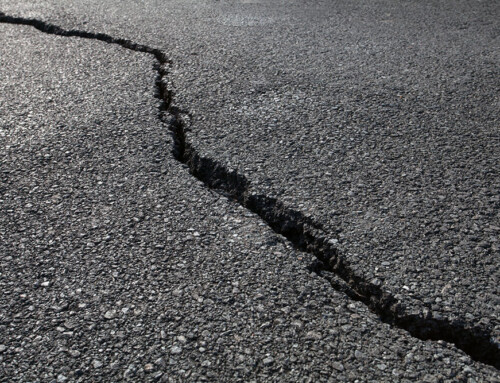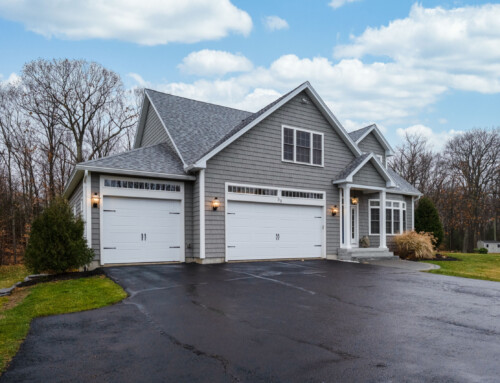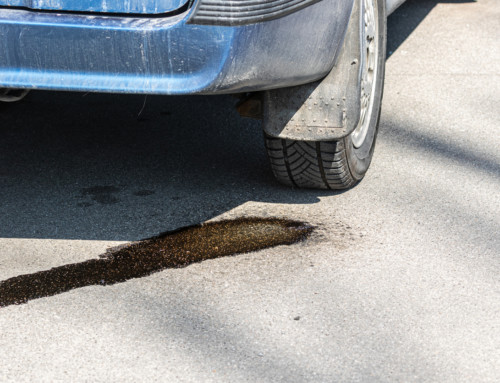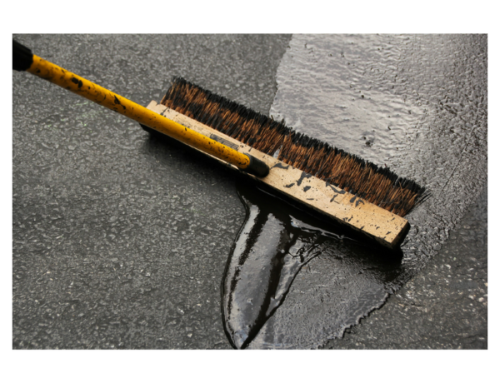Asphalt pavement is built to last, but nothing lasts forever. The estimated lifespan for asphalt is 12-20 years. Stress from heavy vehicles or continual traffic, expansion and contraction from extreme temperature changes, and even exposure to the sun will eventually wear it down. However, you can maximize the lifespan of your asphalt, and prevent complete failure, by taking a proactive approach.
Prevent Asphalt Failure With High-Quality Installation

Problems With Low Quality Asphalt Installations
Asphalt Raveling
Raveling, which shows as loose asphalt and rocks, occurs when a poor quality asphalt mixture is used during installation
Asphalt Bleeding
Bleeding can occur when the tack coat is too thick or excess asphalt is used in the mix
Asphalt Shoving
Shoving shows as ripples across the pavement. A weak granular base or the wrong mix of aggregate is often to blame
Asphalt Streaking
Streaking can happen when the asphalt is applied unevenly
Asphalt Depressions
Depressions can form low spots in the surface. While these can be caused by normal settling, they can also be a symptom of poor construction techniques
The single best way to prevent asphalt failure is to always choose a high-quality contractor who uses top-grade materials and follows industry best practices.
How To Extend The Life Of Asphalt
Use Sealcoating
One of the best ways to ensure that your asphalt lasts is to have it sealcoated. Sealcoating locks out water, chemicals, and UV rays, all of which tend to cause cracking and ultimately asphalt failure. Have the sealcoat inspected annually, and plan to have it redone every 2 to 3 years.
Patch Cracks Right Away
Like anything else in life, it is better to stay ahead of any potential problems with asphalt. Depressions are easy to level before them become cracks. Small cracks are easier to patch than large cracks, and large cracks are easier to fix than potholes. Check for signs of damage every few months and fix cracks right away.
If you have more serious damage, dig-out patching, in which an entire section of failed asphalt is removed, may be an option. It is less expensive than completely resurfacing or replacing the asphalt, making it a good solution for asphalt that is too far gone for simple patching.
Restore Strength By Resurfacing
Resurfacing can be done when there are too many problems to simply patch, but the asphalt has not entirely failed. It will restore strength and integrity to the asphalt while creating a clean, even look that is not possible with extensive patching.
What Is The Best Time Of Year For Asphalt Repair?
Please note that repair work should be performed in the late spring to early fall. Hot mix asphalt requires ground and air temperatures warm enough for it to be properly spread and leveled before cooling begins. Cold patch asphalt, which does not require heating, can be used temporarily to prevent cracks and potholes from getting worse, but should be replaced with a proper hot mix repair in the spring.
Creating a Long-Term Solution
A proactive asphalt maintenance plan lets you stay ahead of potential damage and fix problems when they are small and easy to manage. Contact Topwest Asphalt today at 1-800-ASPHALT to discuss your best options and schedule an estimate.





